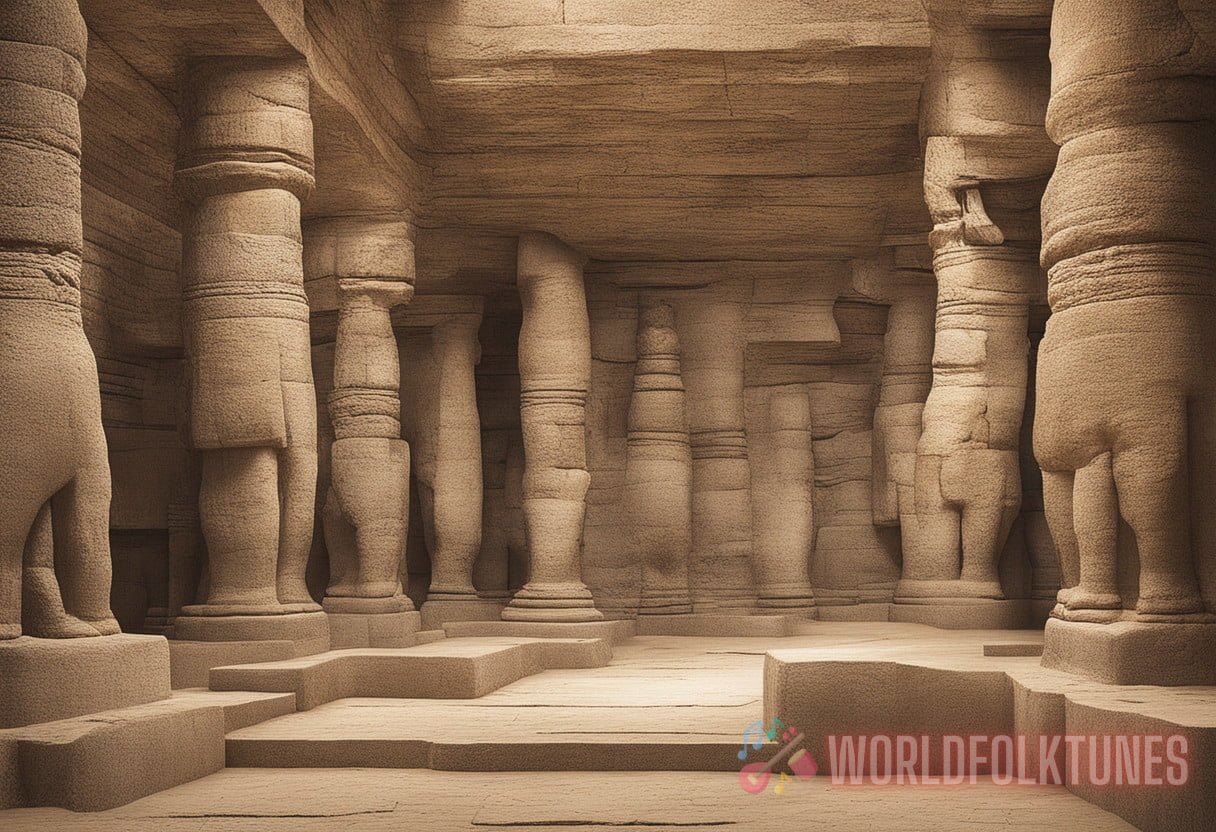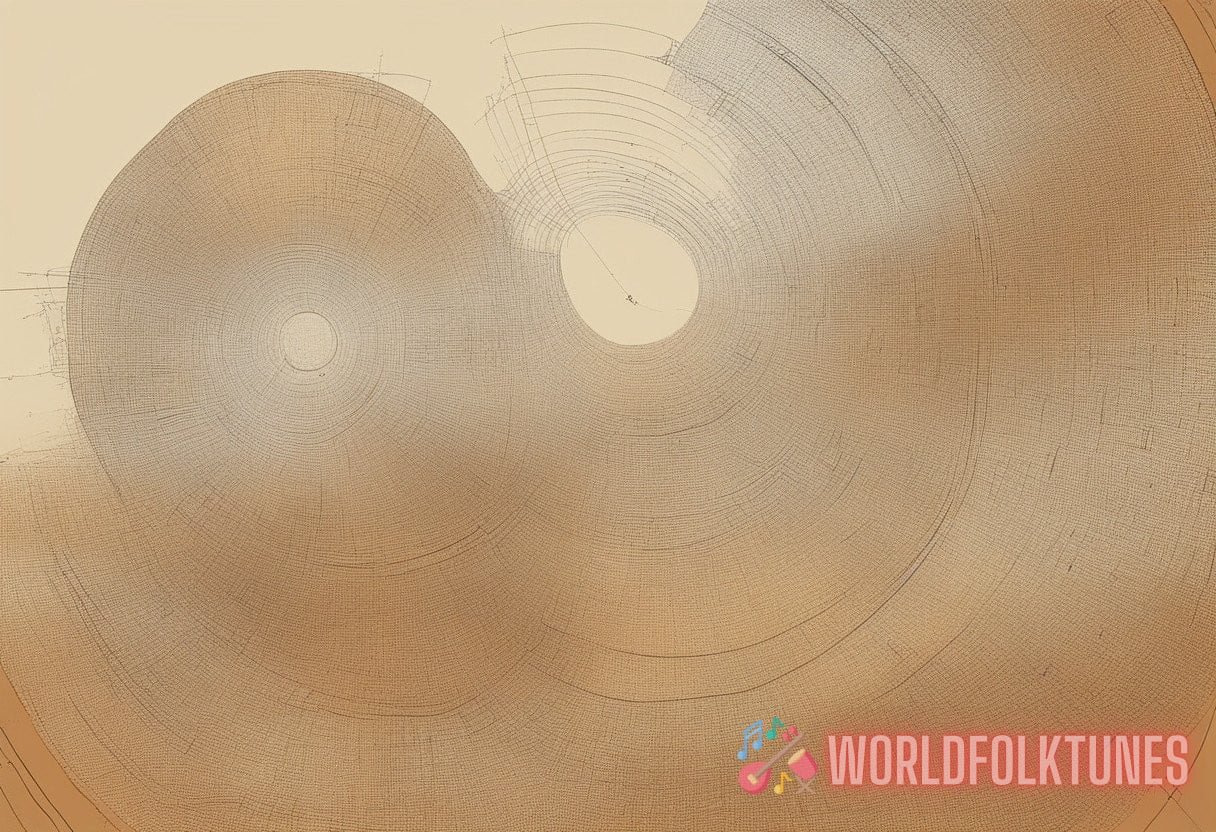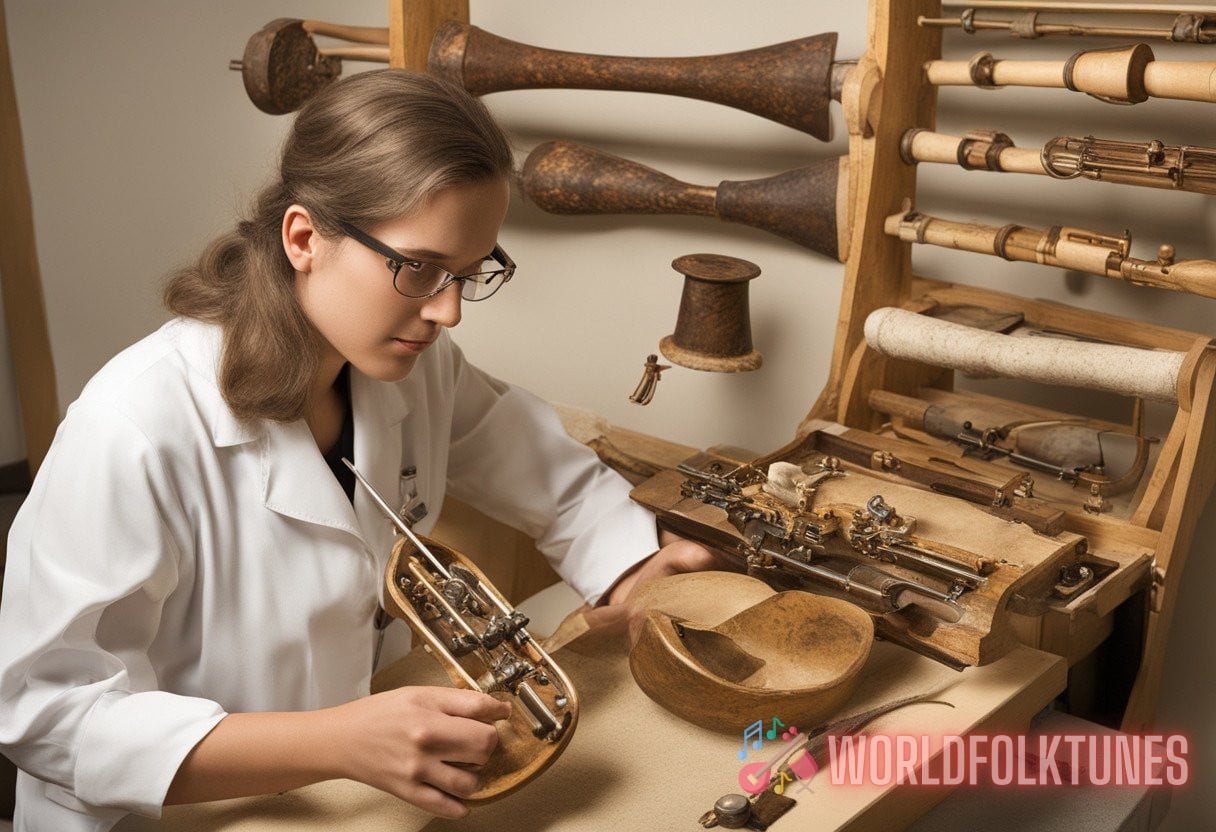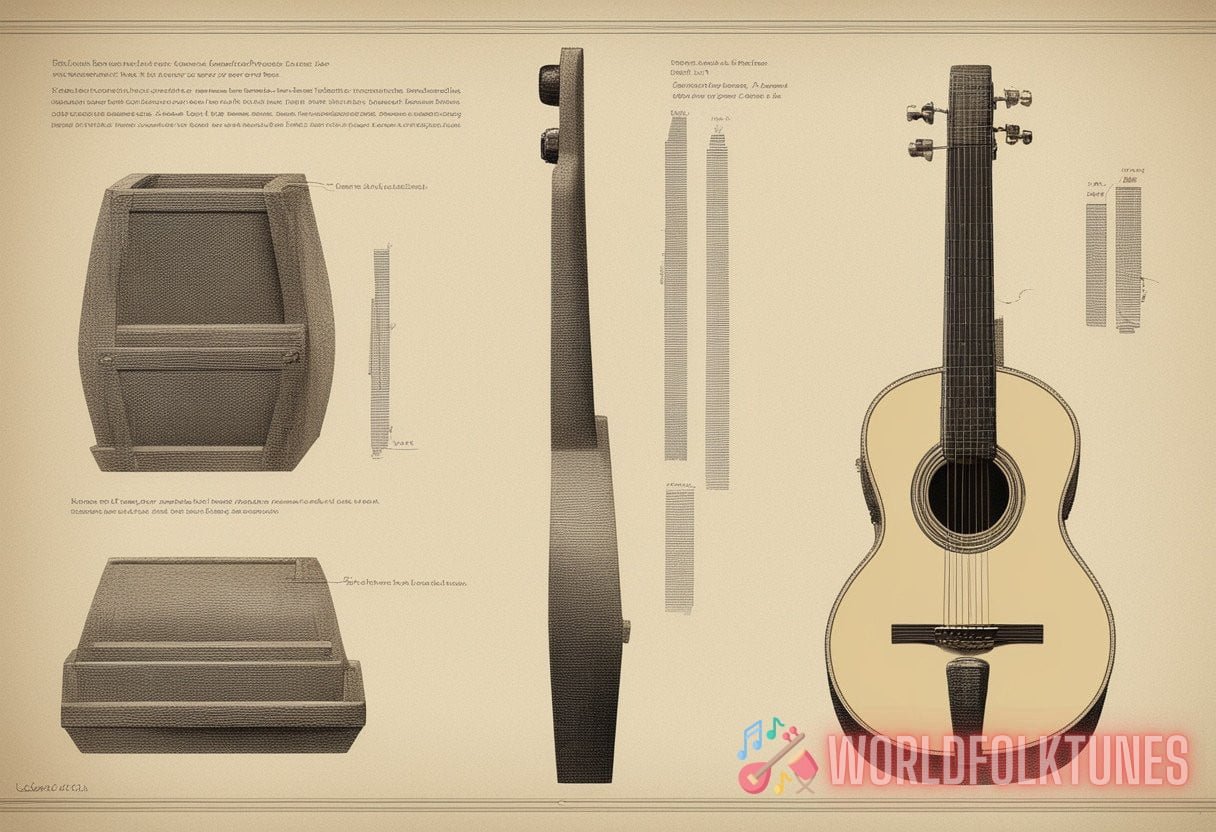Unveiling the Audible Archaeology: The Untold Journey of Ancient Soundscapes
The sonic landscapes of the ancient world offer an enthralling perspective into human history’s musical depths. This vibrant blend of acoustic environments, instruments, and cultural rituals provides a multidimensional understanding of how early peoples engaged with their auditory surroundings. From the resounding echoes of cliffside instruments to the serene melodies of pastoral flutes, the field of “audible archaeology” uncovers the secrets of ancient soundscapes in fascinating ways.
Understanding Audible Archaeology
Audible archaeology is the study of past acoustic phenomena and ancient sound-making objects. This discipline goes beyond the mere identification of instruments; it delves into the contexts of their usage, the rituals they accompanied, and the spatial properties of ancient sound emissions.
The study is critical for various reasons:
- Reconstruction of historical soundscapes – Understanding how ancient environments influenced sound propagation.
- Cultural insights – Unveiling rituals, communication methods, and daily life activities.
- Innovative methodologies – Utilizing interdisciplinary approaches from archeology, ethno-musicology, and acoustics.
Instrumental Beginnings
The study of instruments, from rudimentary percussion tools to elaborate stringed artifacts, reveals much about the evolution of human ingenuity and creativity.
Prehistoric Percussion
The earliest instruments were likely percussive, using natural objects like stones and sticks. This primal music was not only for recreation but also played pivotal roles in communication and ceremonies.
Wind and the Whistle
Wind instruments such as flutes created from bird bones hint at sophisticated craftsmanship and an understanding of aerophonic principles. These instruments have been found in various archaeological sites, dating back thousands of years.
For more on ancient and obscure historical instruments, delve into this insightful article hosted on our website: Obscure Historical Instruments.
Notable Discoveries
Significant archaeological findings offer a glimpse into the rich tapestry of ancient auditory culture. Some remarkable discoveries include:
The Divje Babe Flute
Considered one of the oldest known musical instruments, the Divje Babe Flute found in Slovenia, is estimated to be over 40,000 years old. This flute, fashioned from cave bear femur, shows indication of sophisticated craftsmanship.
The Ancient Lyres of Ur
Excavations in the Royal Cemetery of Ur, located in modern-day Iraq, uncovered lyres dating back to the Early Dynastic period (c. 2500 BCE). These ornate instruments reflect the advanced musical culture of ancient Mesopotamia.
The Jiahu Flutes
Unearthed at the Jiahu site in Central China, these flutes are crafted from red-crowned crane bones and date back to around 7,000 BCE. The discovery indicates intricate knowledge of tuning and scale systems among early Chinese civilizations.
Reconstructing Soundscapes
Reconstructing ancient soundscapes involves more than merely recreating instruments. It includes:
- Acoustic modeling of historical sites to understand how sound traveled.
- Simulations of environmental conditions and natural acoustics.
- Replication of music and sounds based on historical records and archaeological findings.

Acoustic Modeling
Modern technology allows researchers to recreate the acoustic environments of ancient sites. For instance, analyzing the amphitheater acoustics of ancient Greece helps understand how speech and music performed in these spaces were perceived by audiences.
The Role of Environment
Environmental factors such as terrain, building materials, and climate variations critically affect sound propagation. For example, the reverberative properties of natural caves could have amplified certain rituals or performances, adding a mystical dimension to the auditory experience.
Replicating Ancient Music
Musicologists and historians often collaborate to recreate pieces based on the scales and notation systems preserved in ancient texts or oral traditions. This reconstruction provides a holistic understanding of the role of music in ancient societies.
Ancient Rituals and Music
Cultural rituals often featured music as a central component, from religious ceremonies to communal gatherings.
Religious Ceremonies
Many early civilizations used music as a part of religious ceremonies. In ancient Egypt, instruments such as the sistrum, a type of rattle, were integral to temple worship. Similarly, sacred chants and hymns are documented extensively in Vedic traditions and Greek mythology.
Festivals and Social Gatherings
Music accompanied festivals, feasts, and social gatherings. In ancient Rome, the performance of strings and wind instruments was a staple in celebrations.
Daily Life and Work Songs
Music’s role in daily life cannot be understated. Work songs synchronized group efforts, while lullabies and folk tunes preserved communal memory and interconnectedness.
Modern Perspectives
Today, the field of audible archaeology continues to grow, aided by technological advancements and interdisciplinary collaborations.
Technological Advances
Innovative tools such as 3D printed replicas of ancient instruments, advanced acoustic analysis software, and virtual reality environments enable researchers to recreate and experience ancient soundscapes with unprecedented accuracy.
Interdisciplinary Approaches
Collaboration between archaeologists, musicologists, acoustic engineers, and historians fosters a comprehensive understanding. Workshops, conferences, and collaborative research projects regularly contribute to expanding knowledge in this niche field.
Cultural Relevance
Understanding ancient soundscapes not only sheds light on past cultures but also enriches contemporary music and cultural practices. Musicians and historians frequently draw inspiration from these reconstructions, leading to innovative blends of ancient and modern auditory experiences.
Conclusion
The journey of exploring ancient soundscapes through audible archaeology is as profound as it is enlightening. By understanding how ancient instruments were crafted, used, and perceived within their respective contexts, we gain invaluable insights into human history and creativity. As technology advances, the boundaries of knowledge continually expand, offering ever-rich layers of understanding.
For those enamored with the essence of ancient and traditional instruments, further exploration into the topic can be found on our website. Check out the related article on obscure historical instruments here: Obscure Historical Instruments.



